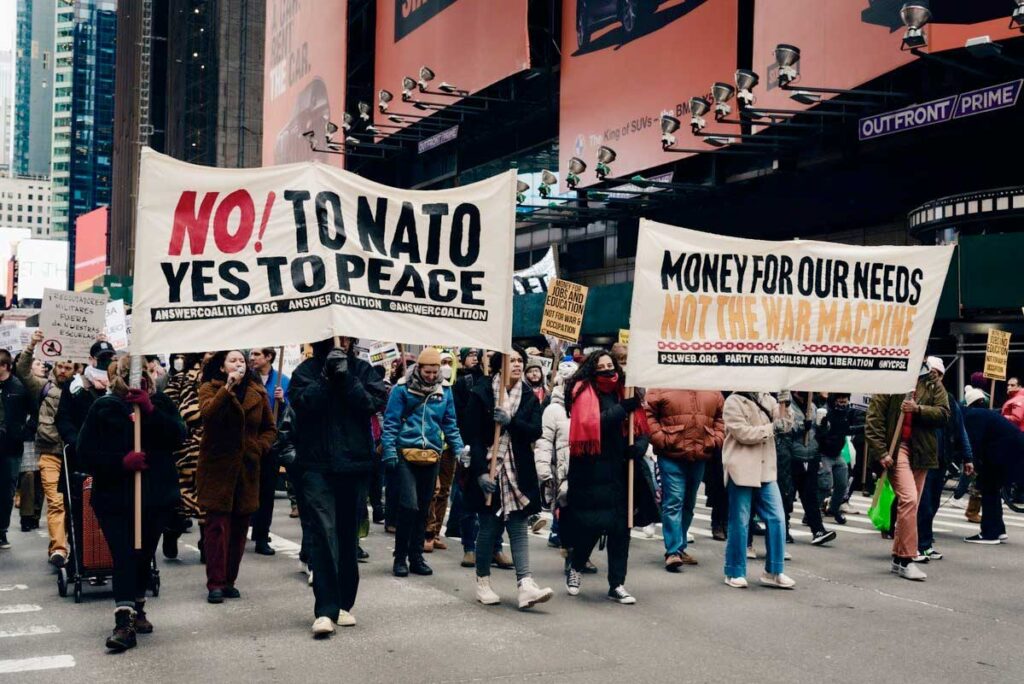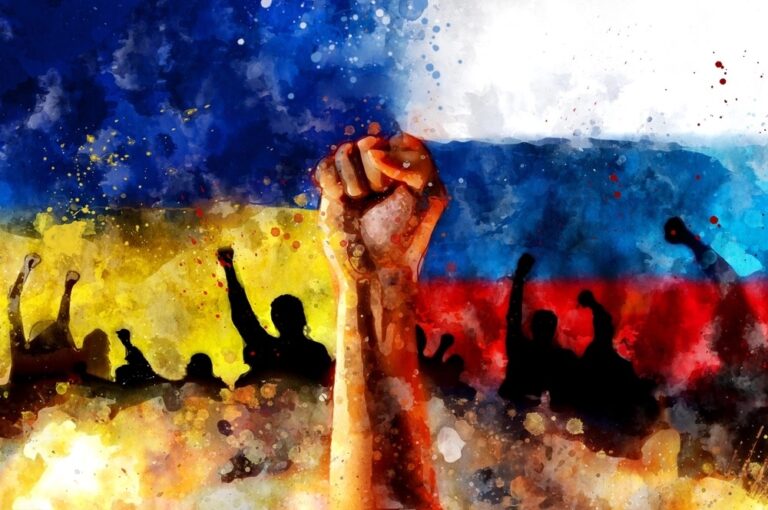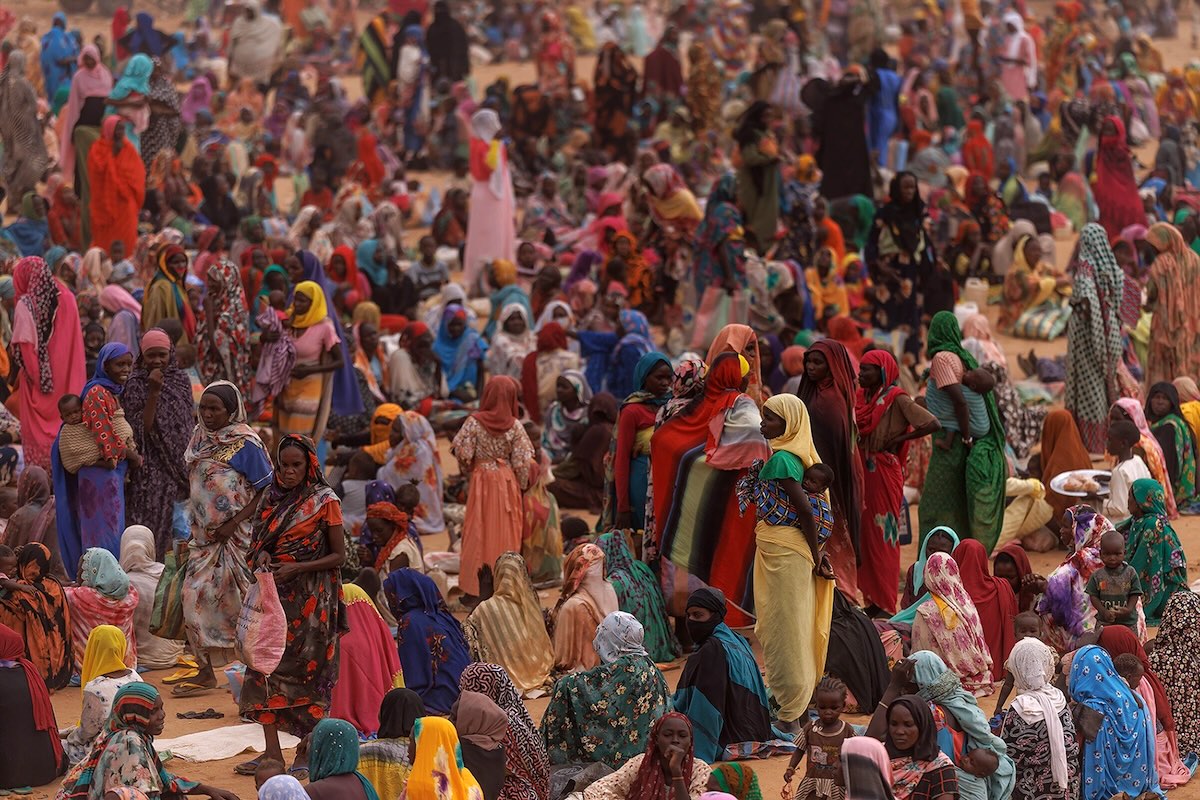Let’s start with the basics: What’s happening and what does it mean?
by Kerul Dyer
Look anywhere online for news about the war in Ukraine and you will find a multiplicity of accounts that vary across a broad spectrum – from eyewitness storytelling to political posturing; from reports of courageous acts of compassion to obscene horrors of violence inflicted on human targets.
Whether you follow the headlines in US media or dive deep into real time coverage like live maps or journalists reporting from the ground, it can be difficult to understand the larger geopolitical implications of the conflict – and what could be done by whom, to end it.
The US tops all countries in the world when it comes to financial, military, and humanitarian assistance since the outset of the Russian offensive, a year ago. That’s a total of $117 Billion – including more than $46 Billion in military aid and access to billions more in equipment and munitions. If you are a US taxpayer, whether or not you agree with the military strategy defending Ukraine from Putin’s Russian bombardment, your dollars are at work more than any other country in the world.

This week, we recognize the one year anniversary of the Russian invasion and those who have lost their lives and liberties because of the war in Ukraine. Stories of terror and war crimes continue to surface, and with Russia’s announcement of the “suspension” from the nuclear New START Treaty, concerns about the threat of use nuclear weapons and a full blown global conflict seems closer than ever.
But, as we contemplate the ruthless acts of aggression and destruction, let us not forget the courageous war being fought off the front lines – the growing nonviolent resistance to military solutions and an International call for a diplomatic solution to the war. A great example of this momentum building can be seen in the broad support within the United Nations General Assembly that passed a resolution for Russia to “immediately withdrawl from Ukraine for a “just and lasting peace.”
Leading peace organizations in the US, like CODE PINK and ANSWER have offered clear analyses for the past year, including integrating the history of NATO and a critique of US military interventions worldwide. For months now, the groups have joined with Veterans for Peace, Waging Nonviolence and many other organizations to call for an end to the war through a diplomacy process. The groups will march March 18 with demands including “diplomacy, not war” and “No to NATO, Yes to Peace.”

Now another US group has organized a visible protest against the war in Ukraine, seemingly focused on “market effects” of the war. “Rage Against the War Machine” is comprised of restrainers on both the left and right that includes unsuspected allies Ron Paul (former Congressman from Texas) and Dennis Kucinich (former Congressman from Ohio).
Many examples of nonviolent resistance to the war in 2022 include self-sacrificing acts from within Russia’s borders. In Belarus, senior ranking military commanders are taking bold action in protest by refusing to follow orders and even walking away from their posts. And any effort to support peaceful resolutions must also be extended to support the heroic and massive scale humanitarian efforts – including helping people flee from violence to neighboring Poland and providing essentials like food and clothing to civilians impacted by the war.
So, what should we think, and what do we do?
When we review the evidence in front of us, do we simply see one side of the story (that supports our internalized views on the topic)? Or are we able to see a more nuanced view? What is the history of conflicts and tensions that may have led us to this moment? What of International investigations accusing both the US and Russia of war crimes? What of the expansion of NATO and US military presence around the globe?
In the next several weeks and months, as we at Peace House move ahead in support of campaigns to end the war with a diplomatic solution and reduce the nuclear threat, we may need to step back and see that our concepts of peace and justice can serve as balanced guiding principles, rather than competing values.
Let us use this opportunity to work through the push and pull that can support authentic justice for Ukrainians, sane solutions to Russian hostilities, and support for lasting peace in the region. Stay tuned for opportunities to engage in campaigns to support peace and justice in Ukraine.


